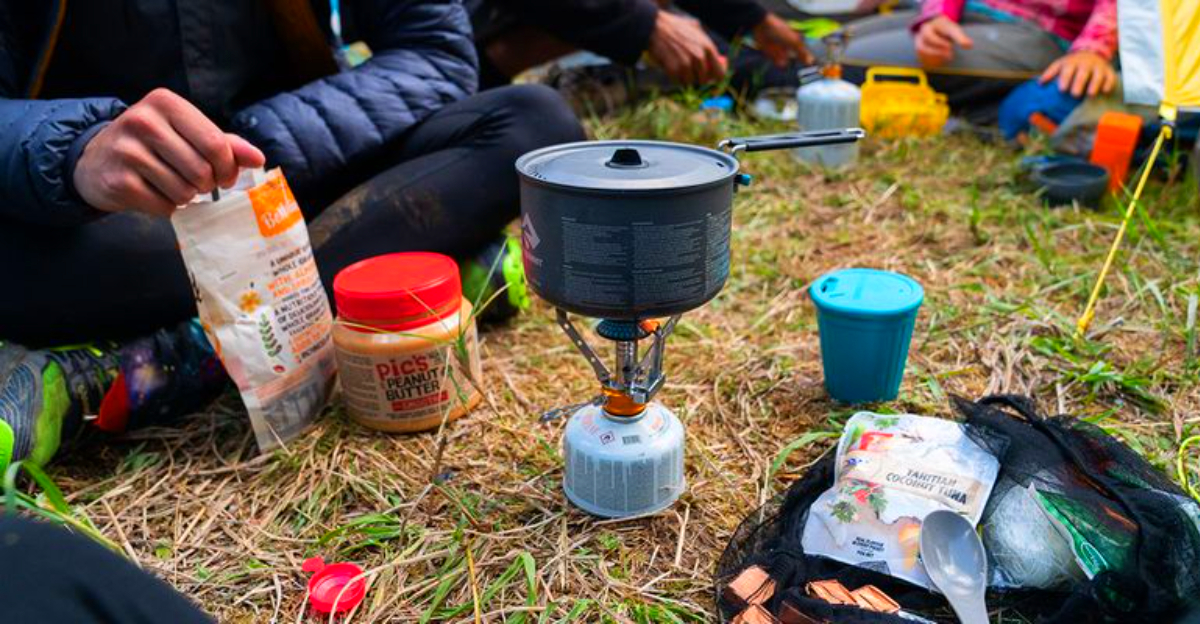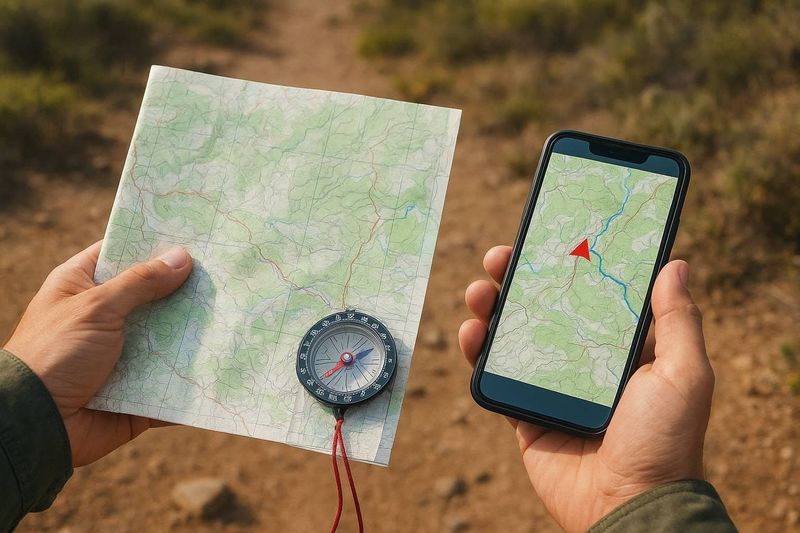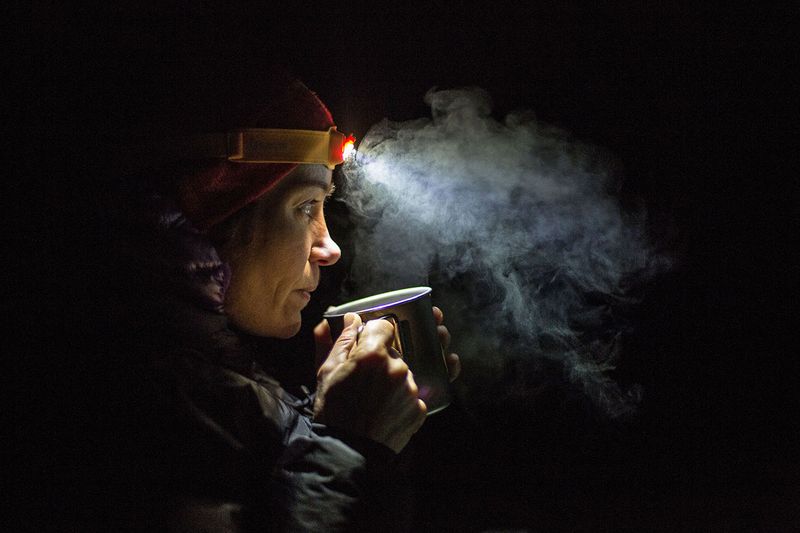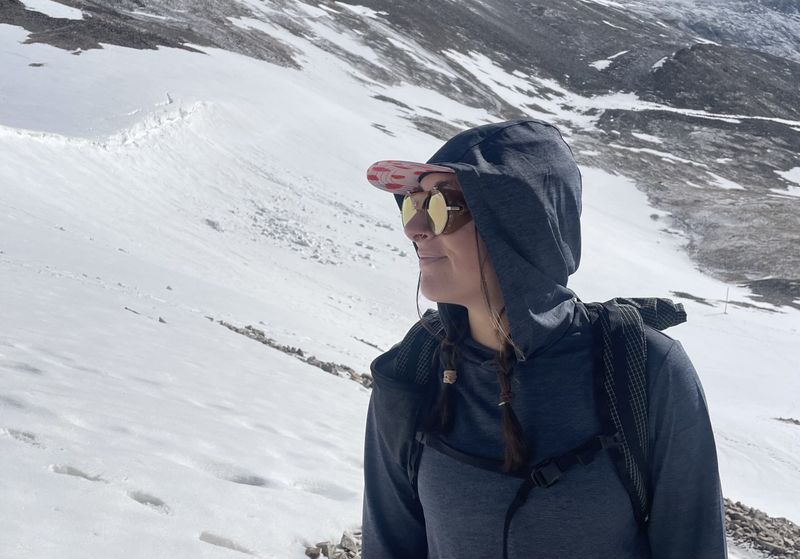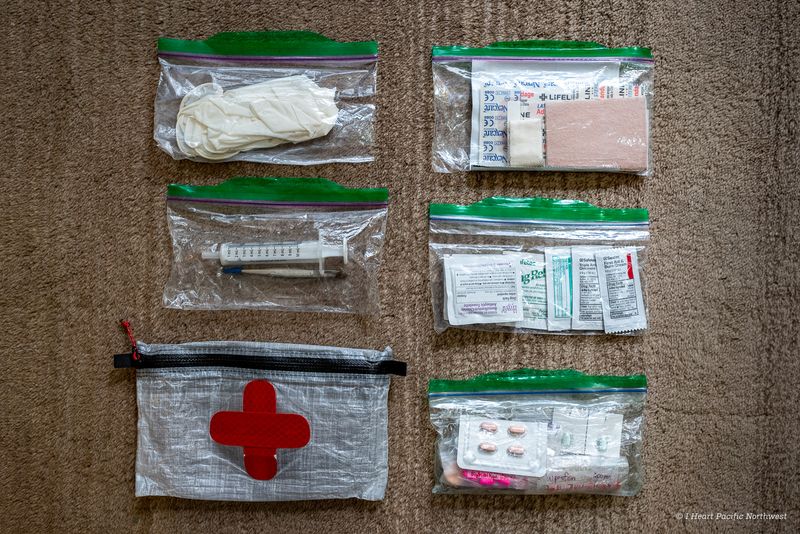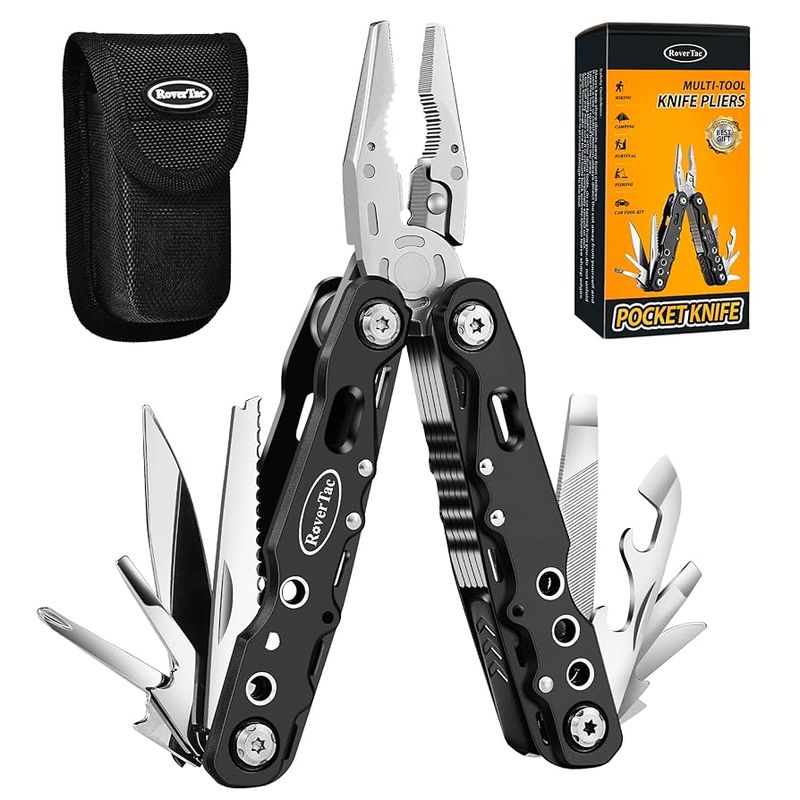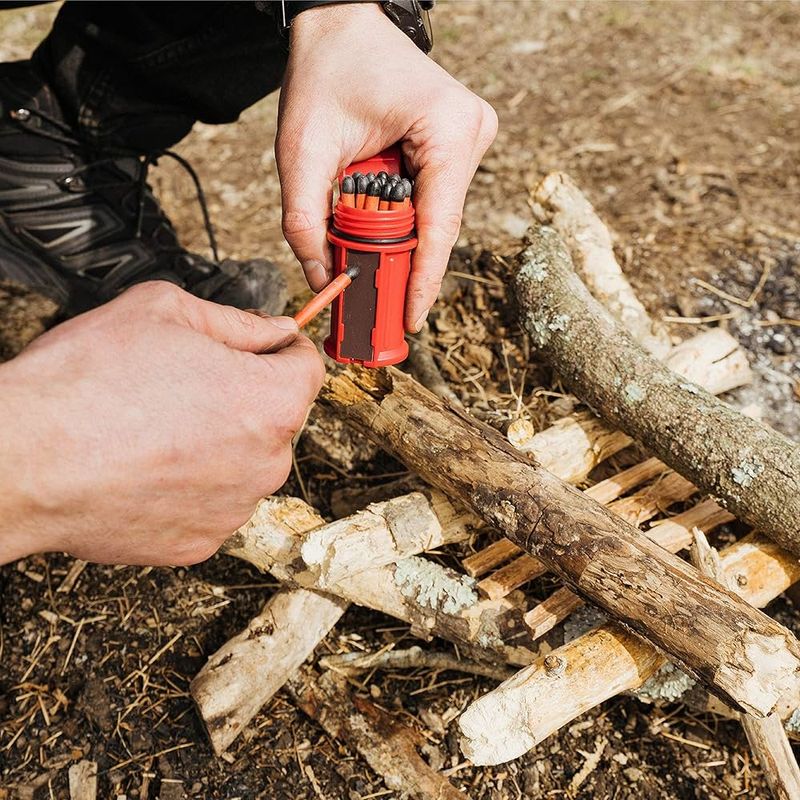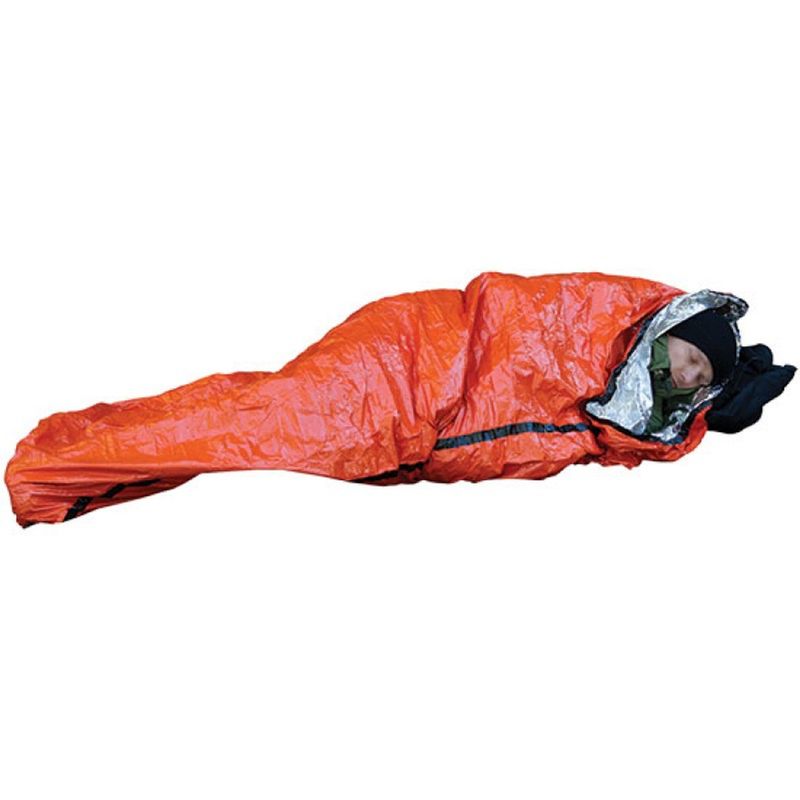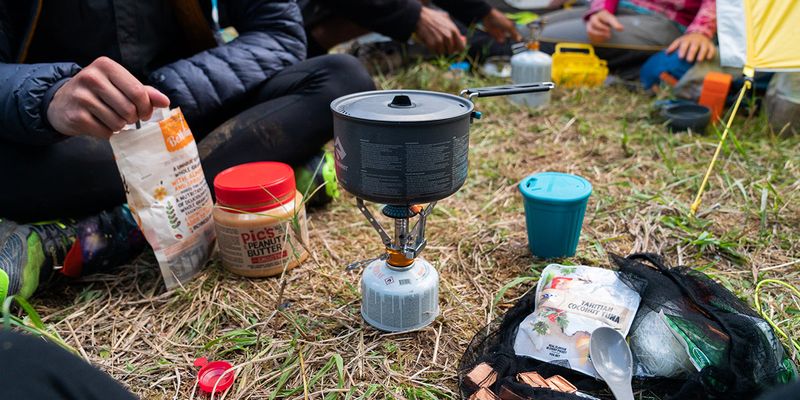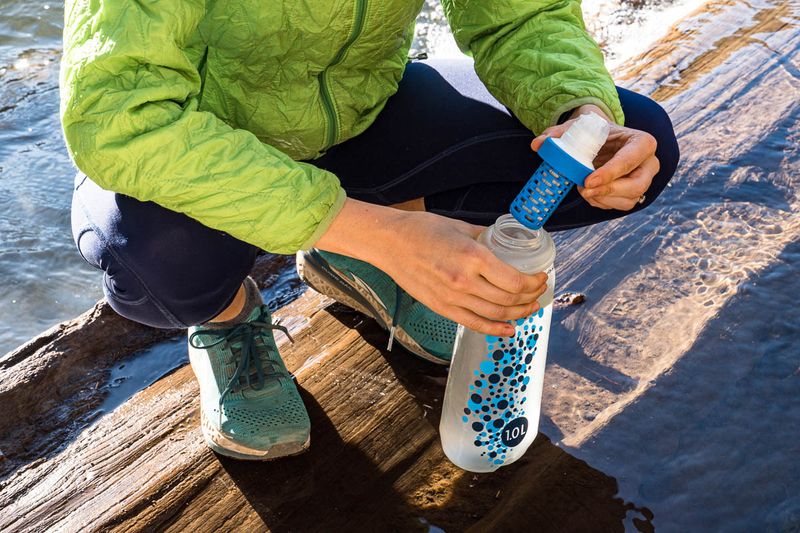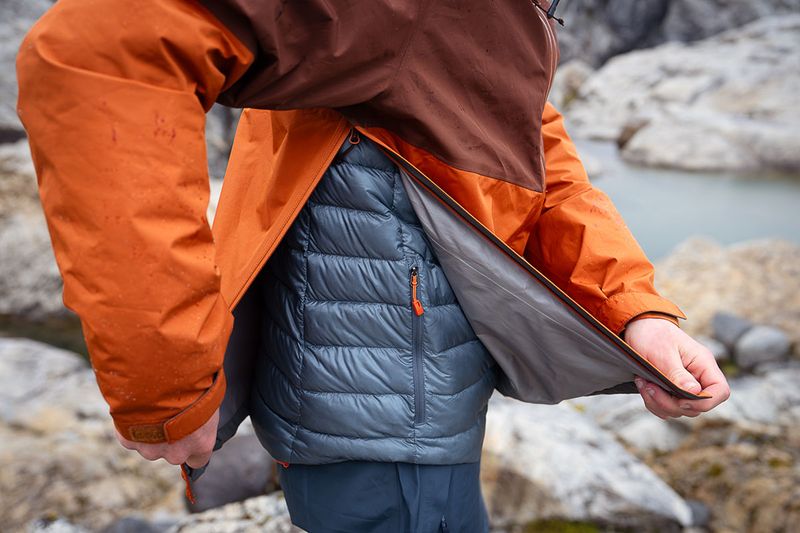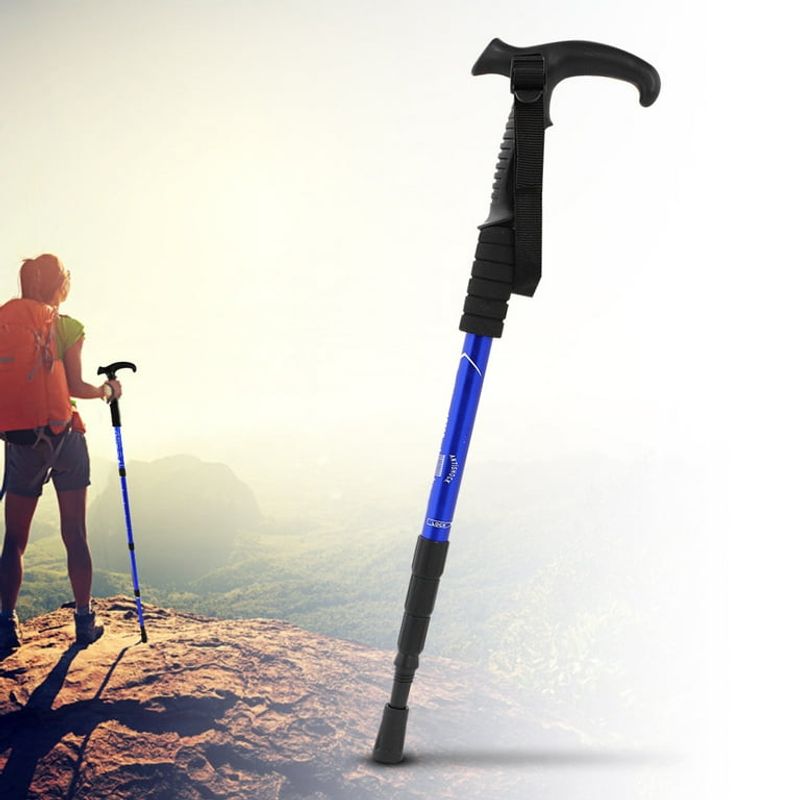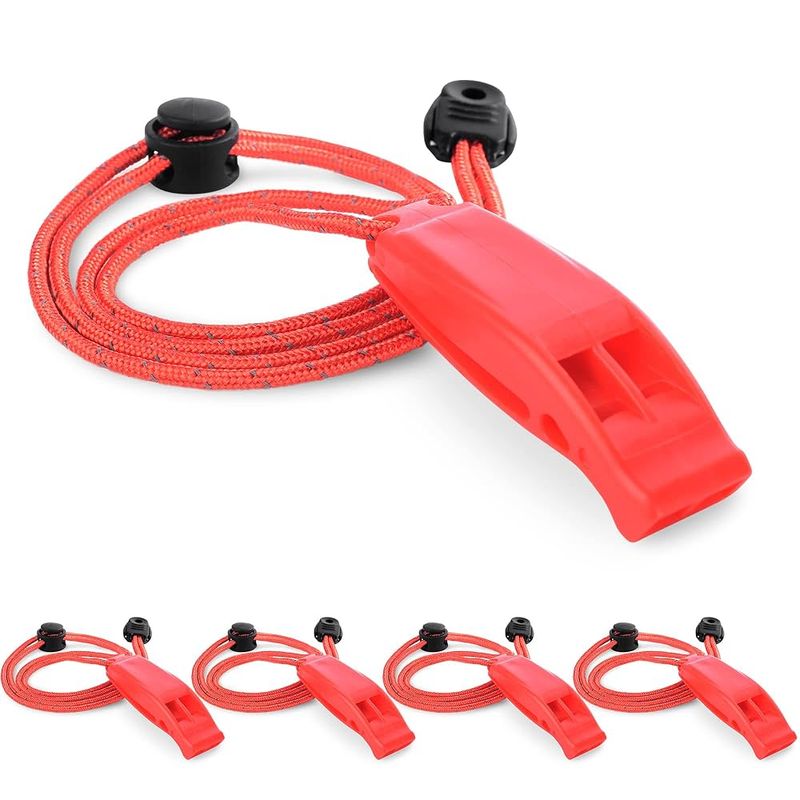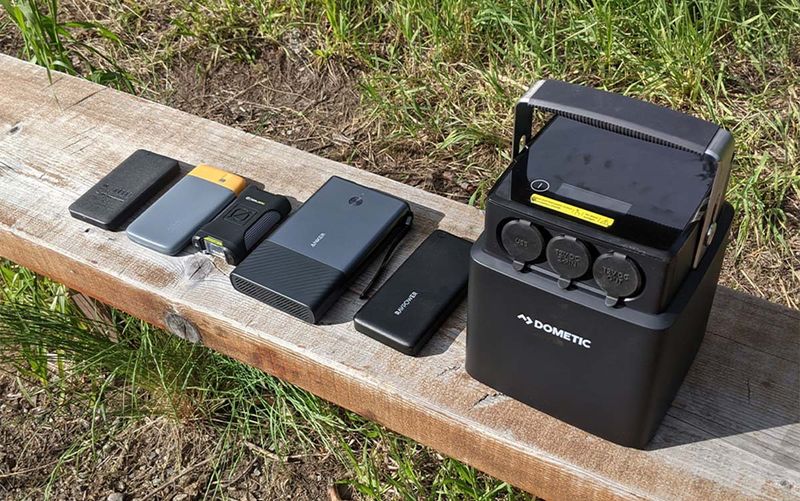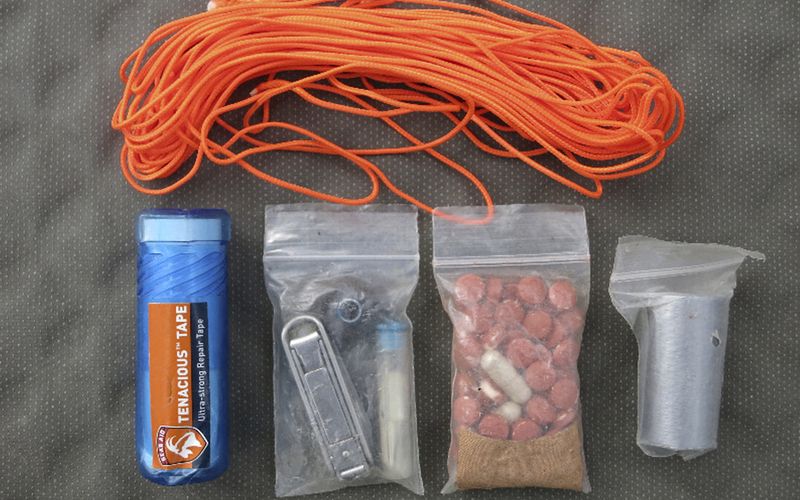After hundreds of miles on trails ranging from easy day hikes to multi-day backpacking trips, I’ve learned what gear truly matters when you’re miles from the trailhead. Some items sit unused in my pack for months, then save the day when weather turns or plans change. This list reflects hard-won experience—the tools and supplies that have proven their worth time and again, keeping me safe, comfortable, and confident no matter what the trail throws my way.
1. Navigation (map + compass, and/or GPS with offline maps)
Paper maps and compasses have saved countless hikers when technology fails. Your phone battery drains faster in cold weather, and GPS satellites can lose signal in deep canyons or thick forest. Learning basic map-and-compass skills before you need them is like having an insurance policy you hope never to claim.
Modern GPS devices and smartphone apps offer incredible convenience, but only if you download maps for offline use before leaving cell service. Many hikers make the mistake of assuming they’ll always have signal. The Mountaineers organization lists navigation as the first of the Ten Essentials for good reason—getting lost turns a great day into a dangerous situation fast.
2. Light (headlamp)
Scrambling over rocks with a flashlight in one hand is awkward and dangerous. A headlamp strapped to your forehead keeps both hands available for balance, first aid, or grabbing a snack. Even on hikes you plan to finish before sunset, delays happen—a wrong turn, a slower pace, or stopping to help another hiker.
Look for models with at least 200 lumens and several hours of runtime on medium settings. Rechargeable batteries are convenient, but always check the charge before you leave. Toss spare batteries in your pack as backup. Being caught in the dark without light transforms a minor inconvenience into a genuine emergency.
3. Sun protection
Sunburn at elevation happens faster than most people expect. Thin air filters less UV radiation, and snow or water reflections double your exposure. I’ve watched fellow hikers turn lobster-red on cloudy days because they assumed overcast meant safe.
Pack broad-spectrum sunscreen rated SPF 30 or higher, lip balm with SPF, a hat with a brim, and quality sunglasses that block UVA and UVB rays. Reapply sunscreen every two hours, especially on your nose, ears, and the back of your neck. Long-term skin and eye damage accumulates over years of outdoor adventures. This category appears on the Ten Essentials list precisely because it’s easy to forget until you’re already burned.
4. First-aid kit (tuned to you)
Blisters end more hikes than most injuries, so I always pack moleskin, blister bandages, and medical tape. Beyond that, include antiseptic wipes, gauze pads, pain relievers like ibuprofen, and any prescription medications you take daily. Elastic bandages help with sprains, and tweezers remove splinters or ticks.
Your kit should reflect your training level and trip length. Weekend warriors need basics; wilderness first responders might carry splints and irrigation syringes. No single kit fits everyone. Build yours based on common trail injuries, then add items for your personal health needs. Test everything at home so you know how to use it when stress runs high and light runs low.
5. Knife / multi-tool + repair items
A multi-tool earns its weight by handling dozens of small tasks. Cut cord, open stubborn food packages, tighten loose screws on trekking poles, or trim moleskin for blisters. I carry a lightweight model with pliers, scissors, and a blade—nothing fancy, just reliable.
Pair it with repair tape. Tenacious Tape sticks to nylon, fleece, and Gore-Tex without leaving gummy residue when you peel it off for permanent repairs at home. Duct tape works too, but it’s harsher on technical fabrics. A few feet of tape rolled around a trekking pole saves packs, rain jackets, and sleeping pads from field failures that could end your trip early.
6. Fire
Most day hikers never light a fire, yet this remains a cornerstone of the Ten Essentials. Hypothermia can strike even in summer if you get wet and the temperature drops. A fire provides warmth, signals rescuers, boils water, and boosts morale during an unplanned night out.
I keep a mini Bic lighter in my pocket and stormproof matches in a waterproof bag inside my pack. Redundancy matters—lighters fail at altitude or in extreme cold, and wet matches are useless. Store everything in a ziplock or dry sack. Even if you’re confident you’ll never need a fire, carrying the means to make one takes almost no space and could save your life.
7. Emergency shelter
Weather can flip from sunny to stormy in minutes, especially in mountains. An ultralight space blanket or emergency bivy weighs just a few ounces but blocks wind and rain if you’re stuck waiting out a storm or darkness catches you miles from the trailhead.
Space blankets reflect body heat back to you, preventing hypothermia when you’re wet or exhausted. Emergency bivies work like sleeping-bag-shaped tarps, giving you a dry cocoon while you wait for dawn or rescue. Neither is comfortable for a full night’s sleep, but comfort isn’t the goal—survival is. The small weight and pack space are trivial insurance against scenarios that happen more often than you’d think, even to experienced hikers.
8. Food (extra)
Bonking—that sudden energy crash when your body runs out of fuel—makes every step miserable and slows your pace to a crawl. I always pack more food than my planned mileage requires, typically an extra meal’s worth of calories.
The Ten Essentials recommend carrying surplus food because hikes run long for countless reasons: you take a wrong turn, help an injured hiker, or simply move slower than expected on rough terrain. High-calorie, non-perishable items like nut butter packets, energy bars, or trail mix work well. They don’t spoil, they’re lightweight, and they provide quick energy when you need it most. Think of extra food as fuel for your safety margin, not just your stomach.
9. Water (extra) + a way to treat it
Dehydration sneaks up on you, especially at elevation where dry air pulls moisture from your lungs with every breath. Start your hike well-hydrated and carry more water than you think you’ll drink. When reliable water sources appear on your route, refill using a filter or chemical purifier.
Untreated backcountry water can harbor giardia, cryptosporidium, and bacteria that cause miserable gastrointestinal illness days later. Filters remove most pathogens; UV purifiers and chemical tablets kill them. Each method has trade-offs in weight, speed, and effectiveness. Treating water on-trail lets you carry less weight initially while ensuring you never run dry. The Ten Essentials include extra water for good reason—it’s life itself.
10. Insulation (extra clothing)
Bluebird mornings can turn into thunderstorm afternoons, and summits are always colder and windier than trailheads. I’ve watched hikers shiver in t-shirts while waiting out rain because they left their warm layers in the car.
The Ten Essentials explicitly call for extra clothing—a warm midlayer like a fleece or puffy jacket, plus a waterproof-breathable shell. Even if the forecast looks perfect, pack them. Weather in the backcountry is unpredictable, and your body temperature drops fast when you stop moving after sweating on a climb. Hypothermia kills in surprisingly mild conditions if you’re wet and exposed. Those few ounces of insulation might sit unused for months, then prove invaluable the one day you truly need them.
11. Trekking poles
Steep descents punish your knees with every jarring step, compressing cartilage and straining ligaments over miles of downhill. Trekking poles transfer some of that impact to your arms and shoulders, spreading the load across your whole body instead of hammering your lower joints.
Research published in scientific journals confirms poles reduce stress on knees and improve stability on uneven terrain. On climbs, they help pull you upward, engaging your upper body for extra power. Many hikers resist poles at first, then wonder how they ever managed without them. Adjustable models collapse small enough to strap to your pack when you don’t need them. For long-distance hikers or anyone with joint concerns, poles aren’t optional—they’re essential.
12. Emergency whistle
Shouting for help exhausts you quickly and doesn’t carry far through dense forest or over the sound of wind and water. A whistle, on the other hand, produces a piercing blast that travels much farther with minimal effort.
The universal distress signal is three short blasts, pause, then repeat. Clip your whistle to a shoulder strap or sternum strap where you can reach it instantly without digging through your pack. Quality whistles are waterproof, nearly indestructible, and weigh less than an ounce. If you’re injured, lost, or separated from your group, a whistle dramatically increases your chances of being found. It’s a tiny piece of gear that could make the difference between a quick rescue and a desperate situation.
13. Power backup + spare cells
Dead electronics shouldn’t end your ability to navigate or see in the dark. A compact power bank keeps your phone, GPS device, and rechargeable headlamp running when outlets are miles away. Choose one with enough capacity to fully recharge your phone at least once, ideally twice.
For headlamps and other gear that use replaceable batteries, carry a spare set in your pack. Cold weather drains batteries faster, and age degrades them even when they’re not in use. Check your power bank’s charge before every trip—it’s useless if it arrives at the trailhead empty. Reliable electronics extend your safety margin by ensuring you always have navigation, communication, and light. A few ounces of battery backup is cheap insurance.
14. Better field repairs
Gear fails at the worst moments—a torn rain jacket during a downpour, a ripped sleeping pad on a cold night, or a broken pack strap miles from anywhere. A tiny repair kit handles most field emergencies without the sticky mess duct tape leaves on technical fabrics.
I carry a few swatches of Tenacious Tape, several zip ties in different sizes, and a handful of safety pins. Tenacious Tape bonds aggressively to nylon, Gore-Tex, and fleece, yet peels off cleanly for proper repairs later. Zip ties can jury-rig broken buckles, splint a trekking pole, or secure a flapping sole. Safety pins close torn clothing or hold a makeshift bandage. This kit weighs almost nothing and has rescued trips that would otherwise have ended early.
15. Pack-out kit (Leave No Trace)
Leaving human waste improperly isn’t just gross—it contaminates water sources, spreads disease, and damages fragile ecosystems. Leave No Trace principles require burying solid waste six to eight inches deep and at least 200 feet from water, trails, and campsites.
Pack a small trowel or sturdy tent stake for digging catholes, plus toilet paper and hand sanitizer in ziplock bags. In high-use or sensitive areas, carry a WAG (Waste Alleviation and Gelling) bag to pack out everything. Always pack out toilet paper and hygiene products—they don’t decompose quickly and animals dig them up. Responsible waste disposal protects the wild places we love and keeps them beautiful for future hikers. It’s part of being a good trail citizen.
